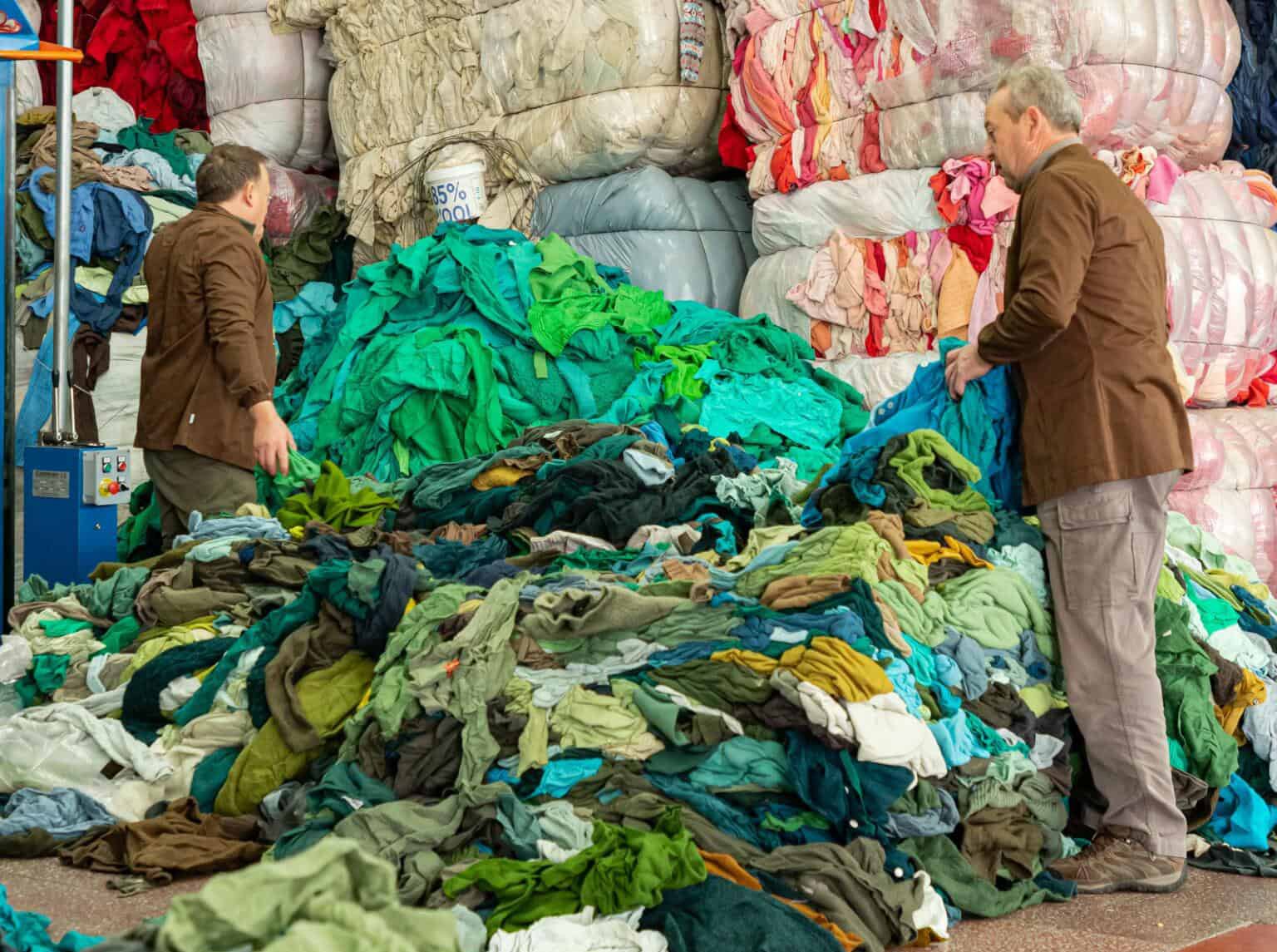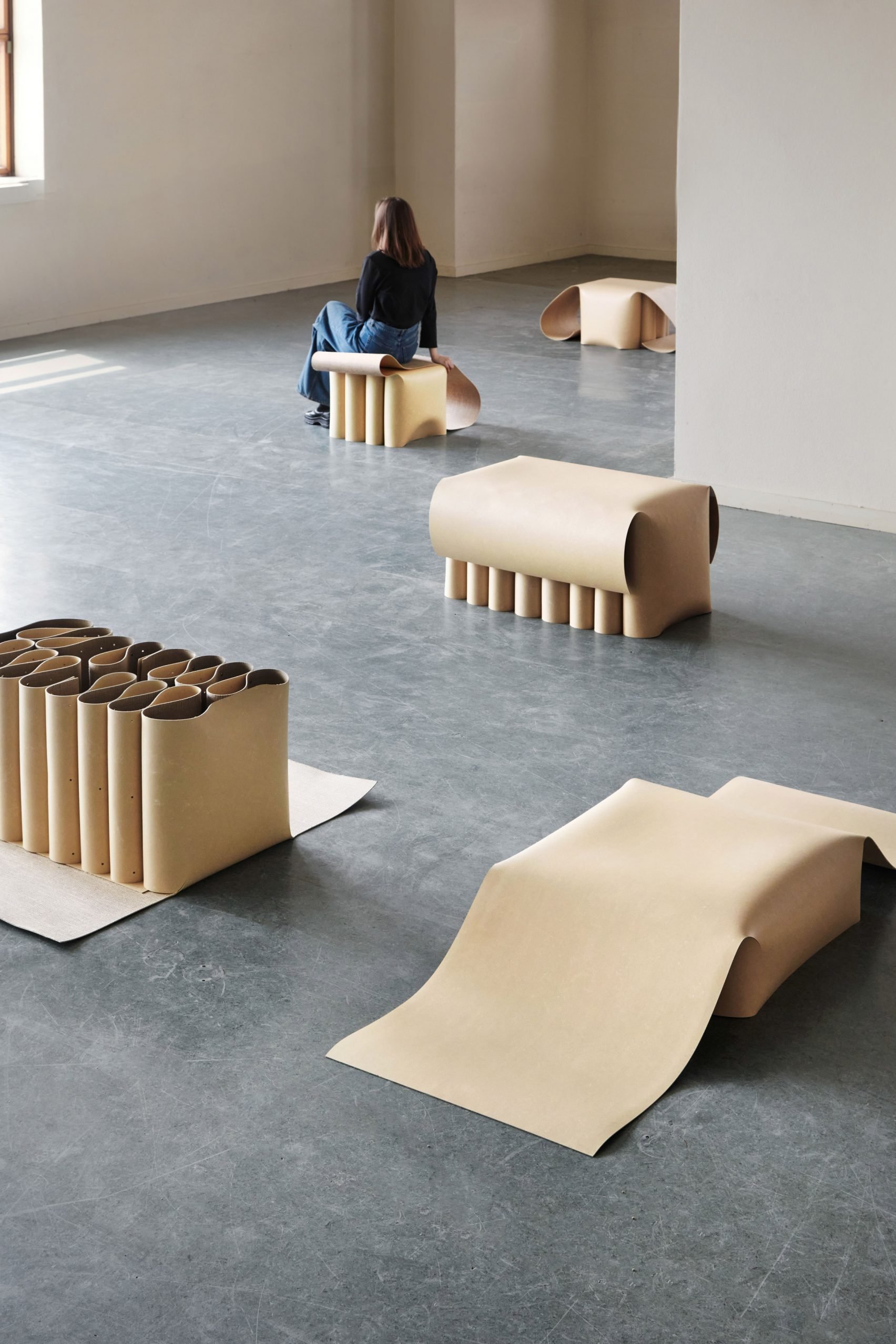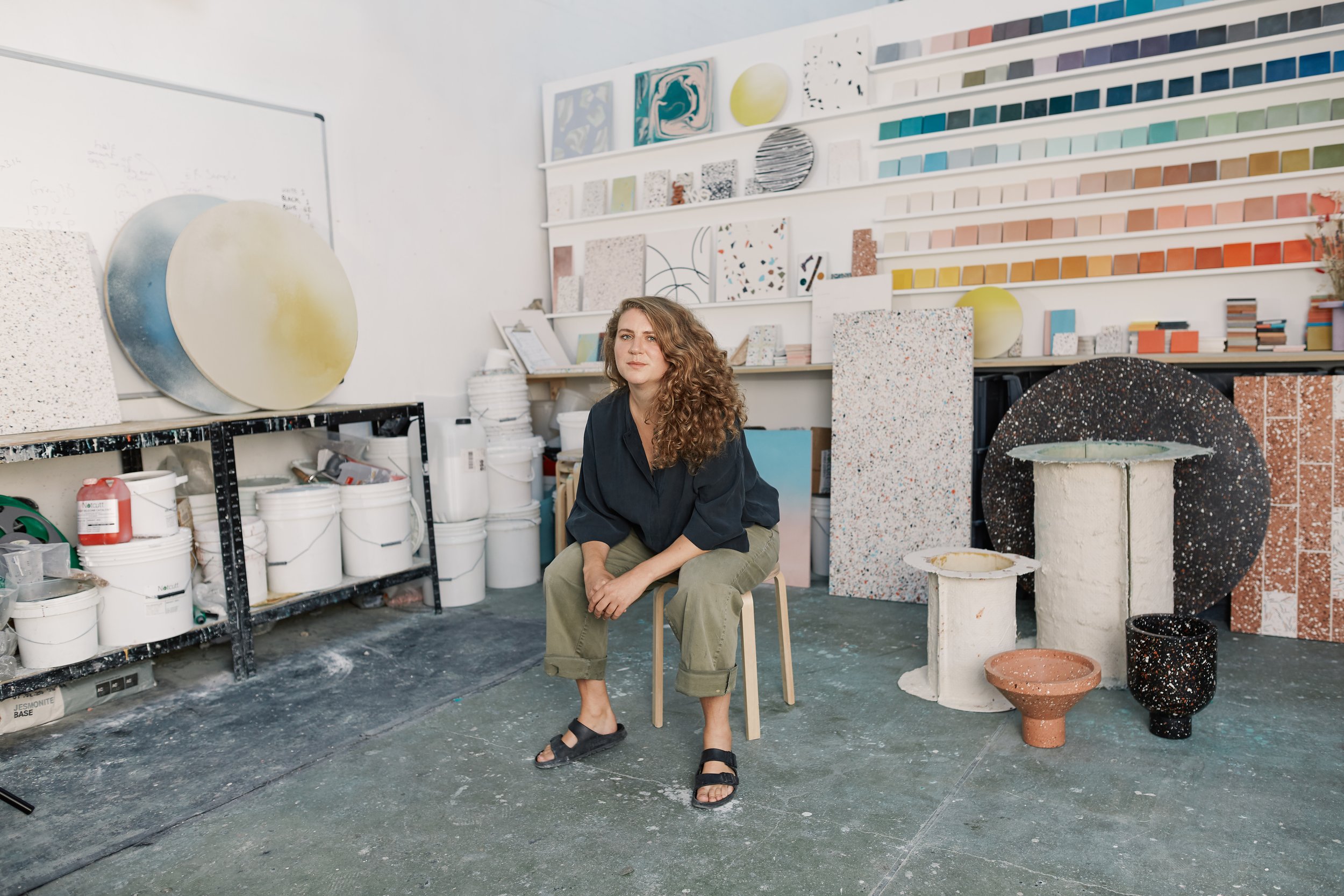Welcome to my journal. You will find a mixture of informative articles, reflections, photo diaries, and links to further resources. I use this space to share longer form content and thoughts.
You can use the search bar below if you are looking for information on a particular topic.
Top Books on Sustainable Material Design You Must Read
A selection of my favourite reference books exploring sustainable materials and circular design. From inspirational and experimental product design, to materials reference guides and into material reform for architecture
Top UK Innovators Turning Seaweed into Bioplastics
Seaweed, a diverse group of marine algae, is abundant and grows in oceans worldwide, from tropical all the way to polar regions. Seaweed thrives in a variety of marine environments, attaching to substrates like rocks and coral, and flourishing in nutrient-rich waters. Seaweed is categorized into three main types: brown algae (Phaeophyceae), red algae (Rhodophyta), and green algae (Chlorophyta). Each type has unique properties and uses. For example, brown seaweeds like kelp (Laminaria) are known for their rapid growth and high iodine content. Red seaweeds such as dulse (Palmaria palmata) are rich in proteins and vitamins. Green seaweeds like sea lettuce (Ulva) are nutrient-dense and are often used in salads. The rapid growth rate and minimal resource requirements of seaweed make it a sustainable choice for biomaterial production, contributing to its potential as a key player in addressing environmental challenges .
Unlocking the Future of Construction with Material Passports
In the coming years, we will see material passports finding their way into various sectors, construction seems to be leading the way currently. These digital documents are designed to accelerate material reuse, promote deconstruction over demolition, and integrate a circular economy within construction practices.
How can we categorise materials to better understand them?
This is part 1 of my thoughts on material categorisation!
Over the last few months, I’ve been thinking a lot about how we categories materials and how complicated this can be! I’ve been needing to categories materials for various reasons, for a database I am building, for workshops I am writing. All in the aim to make materials and what they are made of easier to understand.
Margent Farm - The things I learnt from visiting a hemp farm in Cambridgeshire.
On a very sunny but chilly Saturday morning I had the pleasure of visiting Margent Farm, a Hemp farm located in Cambridgeshire in the UK. Margent Farm opens up their farm and family home a few times a year for visitors. It was well worth the trip, to explore the farm, try bread dipped in hemp oil and I learn a few unexpected things about Hemp and the challenges faced by those farming it.
Mechanical and Chemical Textile Recycling
Globally we are drowning in second-hand textiles, without the correct infrastructure to deal with this overconsumption textile waste either gets dumped in landfill, shipped to other countries ( that’s a whole other blog post), or incinerated. Currently, 87% of the material used for clothing production is landfilled or incinerated after its final use. But what are the current methods of recycling that are available? And what are their benefits and limitation?
How sustainable is Jesmonite?
Jesmonite is a material that I worked with for over 8 years and despite all this experience found it really hard to completely understand the sustainability credentials of this material. So I decided to take this opportunity to speak to the team at Jesmonite again and ask the questions about the materials that had always been bugging me.
Is this the return of linoleum?
Linoleum is one of those materials that is reminiscent of an era, bringing to mind instant images of 1920s patterned kitchen floors. Invented in the 1860s by an Englishman named Frederick Walton linoleum was such a success that within the space of 15 or so years it became so commonplace in homes and workplaces that the word linoleum became the first trade name to become a generic term.
Why I closed Olivia Aspinall Studio and the birth of DNGG
I started Olivia Aspinall Studio back in 2015 straight after graduating from a textile design degree at Central Saint Martins. Despite specialising in printed textiles during my course, I spent most of my time collecting rocks from around the UK, creating pigments, and casting surfaces. It was this work that was luckily picked up at my degree show by a couple of different interior designers who were looking to commission bespoke pieces. I had accidentally timed the development of my practice with the resurgence of the terrazzo trend and after much experimentation, failure, and finally success Olivia Aspinall Studio was born.















